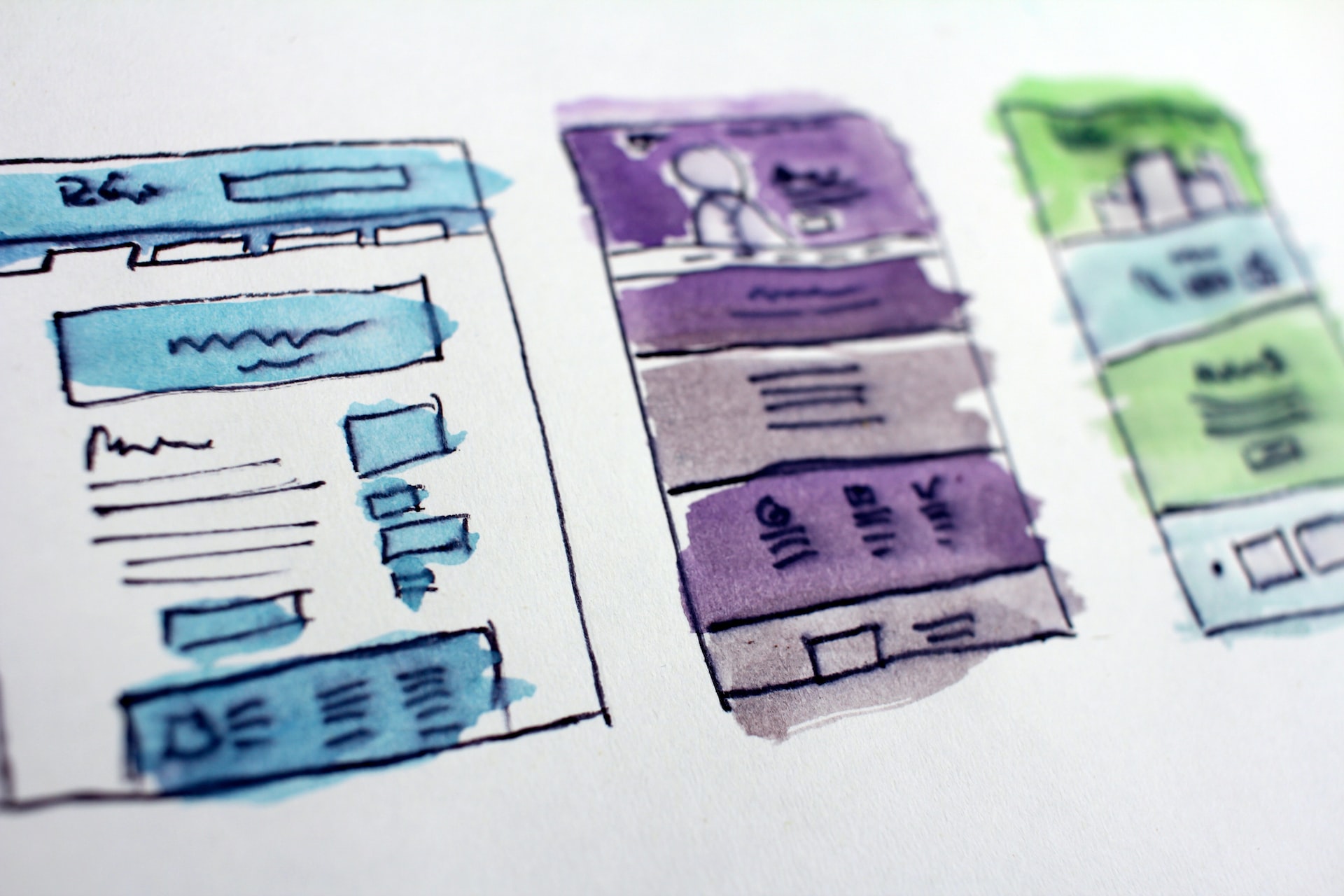
The Importance of Motion Design
The Importance of Motion Design
Motion design can help create simple-to-use, fun user interfaces.
Animation is a crucial element in enhancing user experience and provides the ability to create powerful visual storytelling. However, implementing animations and the transition part of the interaction design process gradually takes more time for the designer.
A well-planned implementation of motion design will ensure enhanced user experience for your company. Utilizing motion design aligns with users' needs and enhances the user experience in various ways. Motion design makes it easier to navigate through the website.
Transition Patterns
We'll begin by focusing on the layout of navigation patterns that form a solid basis in motion designs.
Simplicity and consistency are essential in creating smooth transitions. UI developers and designers can use two movement patterns to create transitions.
- Transitions based on a container
- Transitions without a container
Transitions based on a container
It is generally easy to identify containers by the visible edge of the separators. However, some containers appear to be invisible until a transition occurs. This means that a transition occurs and there are no apparent containers or dividers.
Here's an example of the transition based on the container concept. Material Design's deceleration ease allows animations that scale to start at maximum speed and slowly decrease until they're static. The display on the screen disappears, with no scaling. So, exits of animated containers are less noticeable than entrances, and the transitions draw users' attention to new content.
Transitions without a container
For screens that have transitions that don't seem dependent on containers, for example, where a user taps an icon on the lower left of the screen to navigate to a different page, the transitions follow a two-step sequence:
- The first display fades away, while the next display fades into.
- Using Material's deceleration easing feature, the new display can scale down as it fades. Scale is only applied at the start of the transition to bring attention to the new content, which replaces the previous content.
Graphic cues
Motion design can guide users on an app or web experience through animations that inform the user of the best place to focus their attention, and they also guide them about what is next or what's the most important thing on a webpage.
Think about using motion to acknowledge user input and assist users in navigating through information without losing track of it.
Motion can make navigational interactions appear to be more natural and not so abstract. Motion gives life to the user interface while preserving the user's context.
Fluid, responsive motion
Users expect a responsive and fluid interface and have started to demand these elements.
On the web, users tend to look at an element without being sure of its purpose.
An excellent user interface encourages this behaviour by offering immediate user feedback. This could be through animation.
To ensure a seamless browsing experience, you must immediately respond to users' questions. When devices respond to touch, the user interface designs are made more real by allowing users to form deep connections in fun ways.
Flawless transitions
Motion design facilitates the flow between various elements, allowing users to navigate and perform user-friendly interactions to become more understandable.
Additionally, you can utilize motion-based design to delight or divert users as one feature changes from one to another.
Eliciting emotions
The use of motion design in your digital offerings can strengthen the brand's image.
Adding motion design to convey a user interface's personality triggers more emotional responses from people as compared to static images. The right motion design emphasises the character of the interface and not just its visual design and, therefore, has a profound impact on user behaviour and emotions.
Similar to how the way people's bodies move and the movement they make reveals their character and personality, the same goes when it comes to motion on the user interface. Motion is a way to ensure that the digital interaction and your branding make an everlasting impression on clients.
The Design-Contest Marketplace
Explore the marketplaces for design contests and discover one that has solutions to the issues the article has discussed. On these websites, you will find various designs by various designers. Be sure to check the prices and designs and compare them with other competitors' designs.
The bottom line
Users are extremely satisfied and often thrilled by well-designed motion-design solutions.
Motion design has evolved and has become an essential component of user interfaces, which can determine the effectiveness of a product.
Motion design is an innovative way to convey a consistent story that the users can remember. Additionally, motion is an essential component of a user-friendly interaction design for users.
Ensure that your motion-related designs and animations are well-thought-out and soft enough to provide your user with a fantastic experience.
Contact EWM to discover some of the many incredible motion design solutions we have in our repertoire.